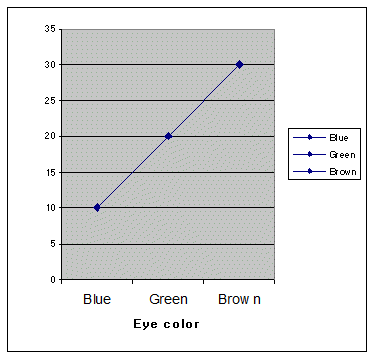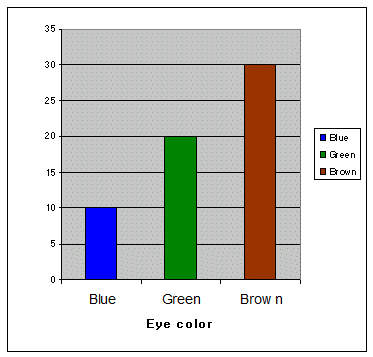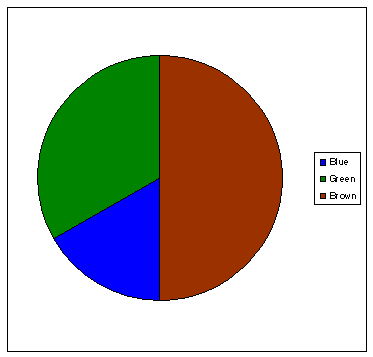Multiplication
Intro to Multiplication
Long Multiplication
Multiplication Tips and Tricks
Division
Intro to Division
Long Division
Division Tips and Tricks
Fractions
Intro to Fractions
Equivalent Fractions
Simplifying and Reducing Fractions
Adding and Subtracting Fractions
Multiplying and Dividing Fractions
Decimals
Decimals Place Value
Adding and Subtracting Decimals
Multiplying and Dividing Decimals
|
Statistics
Mean, Median, Mode, and Range
Picture Graphs
Algebra
Order of Operations
Exponents
Ratios
Ratios, Fractions, and Percentages
Geometry
Polygons
Quadrilaterals
Triangles
Pythagorean Theorem
Circle
Perimeter
Surface Area
Misc
Basic Laws of Math
Prime Numbers
Roman Numerals
Binary Numbers
|


